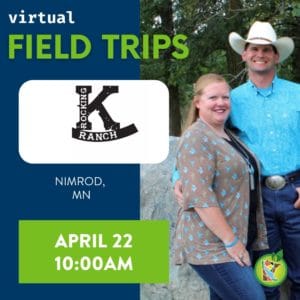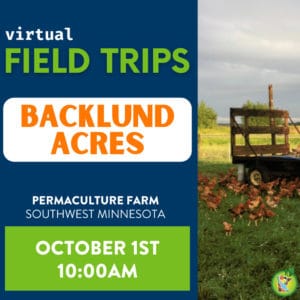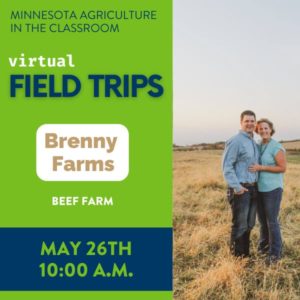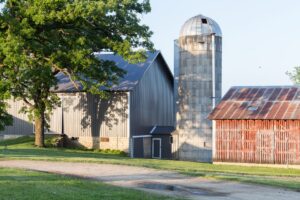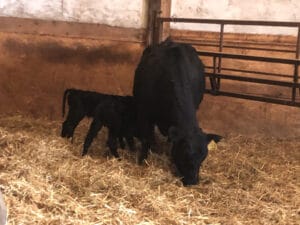Commodity: Beef
You may have learned about dairy cattle, which give us milk and dairy products. But there is another group of cattle called "beef cattle." These provide food too: Beef. You may know many types of beef products by name: Hamburger or ground beef, steak, or tenderloin are some names. But there are other products made from beef cattle too. Beef is an important commodity for Minnesota. Let's learn more about it.
Beef Cattle History
The word "cattle" comes from the Old French word "chattel", which means "possession". Historians think cattle were first domesticated in Europe and Asia during the Stone Age. When an animal has been "domesticated", it no longer has to find its own food and shelter. Humans provide these items because it is either tamed for a pet, like a dog, used on a farm, or raised for meat. Beef cattle came to the U.S. when Christopher Columbus made his second trip here in 1493. The first cattle in Minnesota belonged to soldiers at Fort Snelling, which was built in the early 1820s.
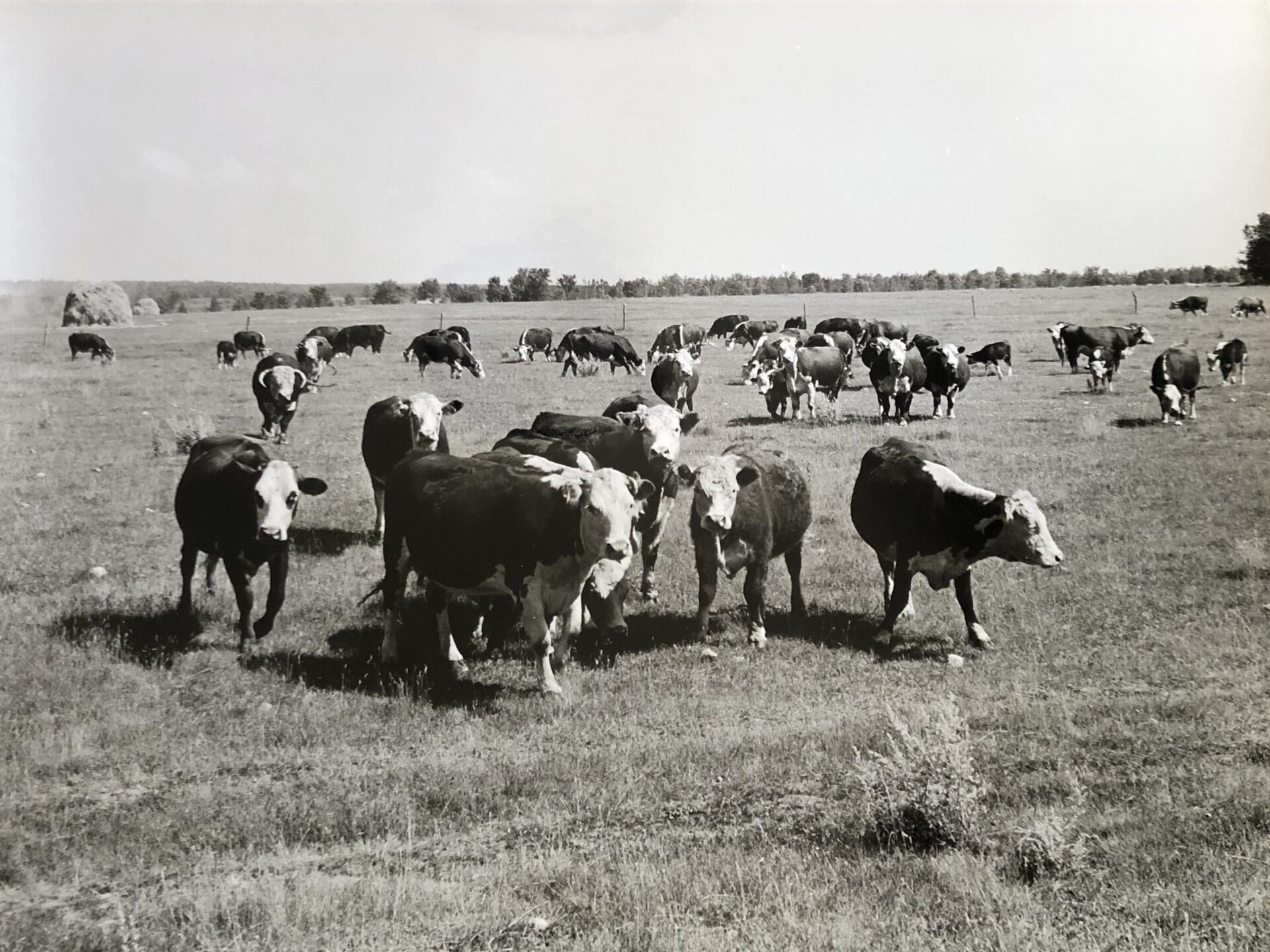


Many Uses for Beef Cattle
Beef cattle may weigh around 1,100 pounds. From that, it will provide about 475 pounds of beef. But 99% of every beef animal is used. That means beef cattle also supply other products:
Raising Beef Cattle
Farmers care for their cattle through several different stages.
Beef Cattle Terms
There are several types of beef cattle:
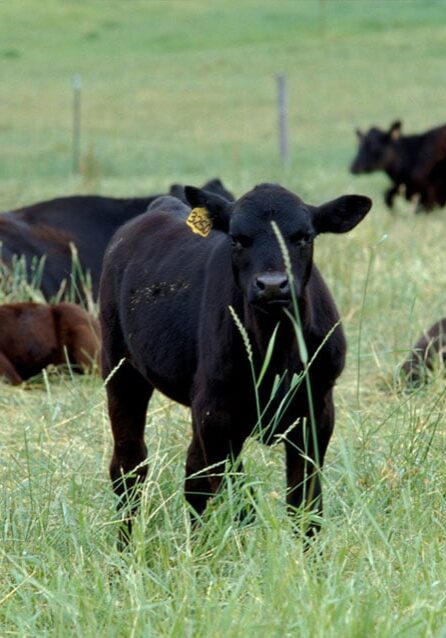
Calf
A young beef animal
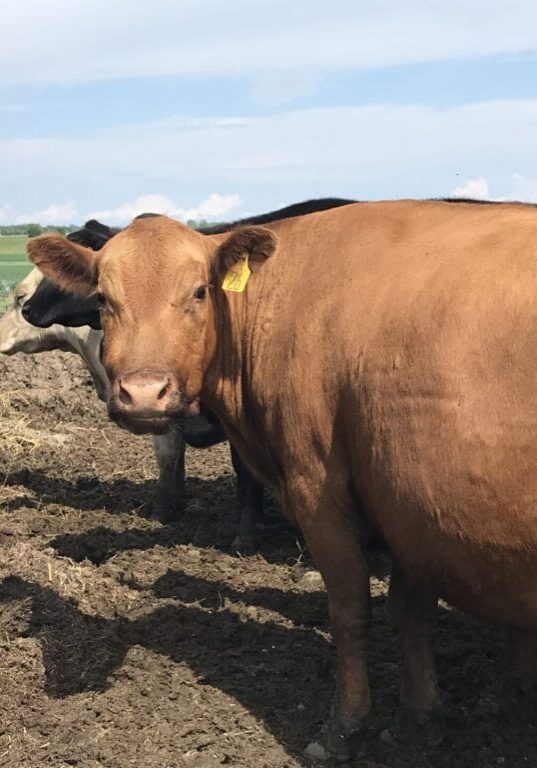
Cow
A female beef animal that has had a calf
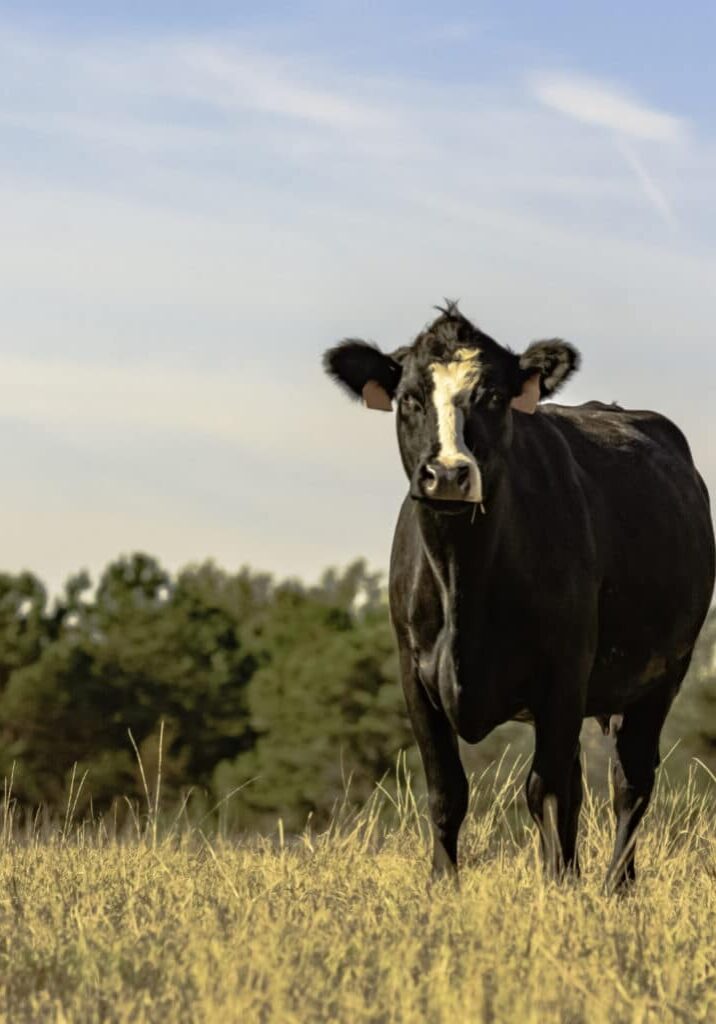
Heifer
A female beef animal that has not had a calf.
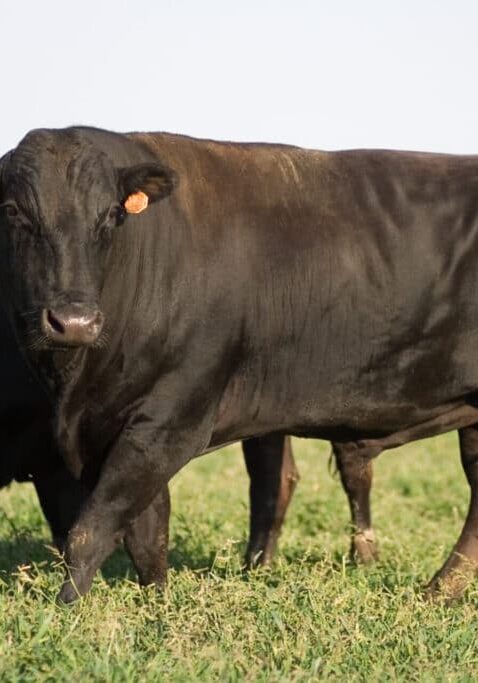
Bull
A male used to breed cows and heifers
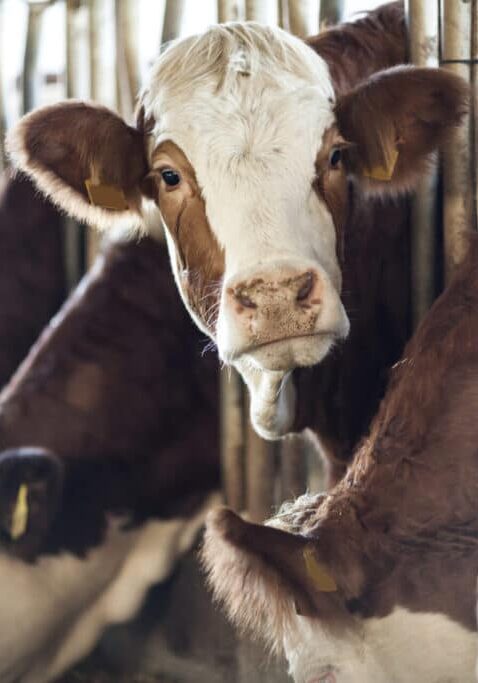
Steer
A male beef animal that can't reproduce and is used for meat only
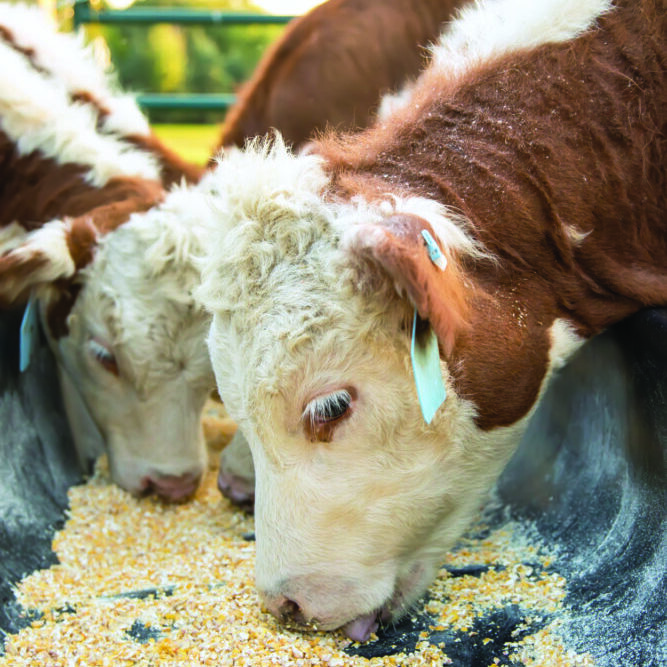
Beef in Minnesota
Minnesota is 12th in the U.S. for raising cattle and calves. We produce about 3% of the U.S. beef supply. There are farms all over the state- 18,000 of them! Of those 18,000, 97% are family owned and managed. While there are farms all over the state, feedyards are mostly found in the southern part of Minnesota.
All those farms make a big contribution. The value of the beef produced in Minnesota in 2015 is about $1.2 billion.
Here are just a few of the family farmers who help Minnesota's beef cattle commodity so successful.
Beef Fun Facts
It takes 3,000 cows to supply the NFL with enough leather for a year's supply of footballs.
Cows have a stomach with four compartments. This allows them to digest foods that humans cannot digest.
The average cow moves its jaw more than 40,000 times a day.
The hide from one cow can make 144 baseballs, 20 footballs, or 12 basketballs.

Virtual Field Trips About Beef
Minnesota Agriculture in the Classroom is showing you around a variety of facilities where beef is raised, harvested and utilized in a variety of ways. Learn more about Minnesota beef below!


